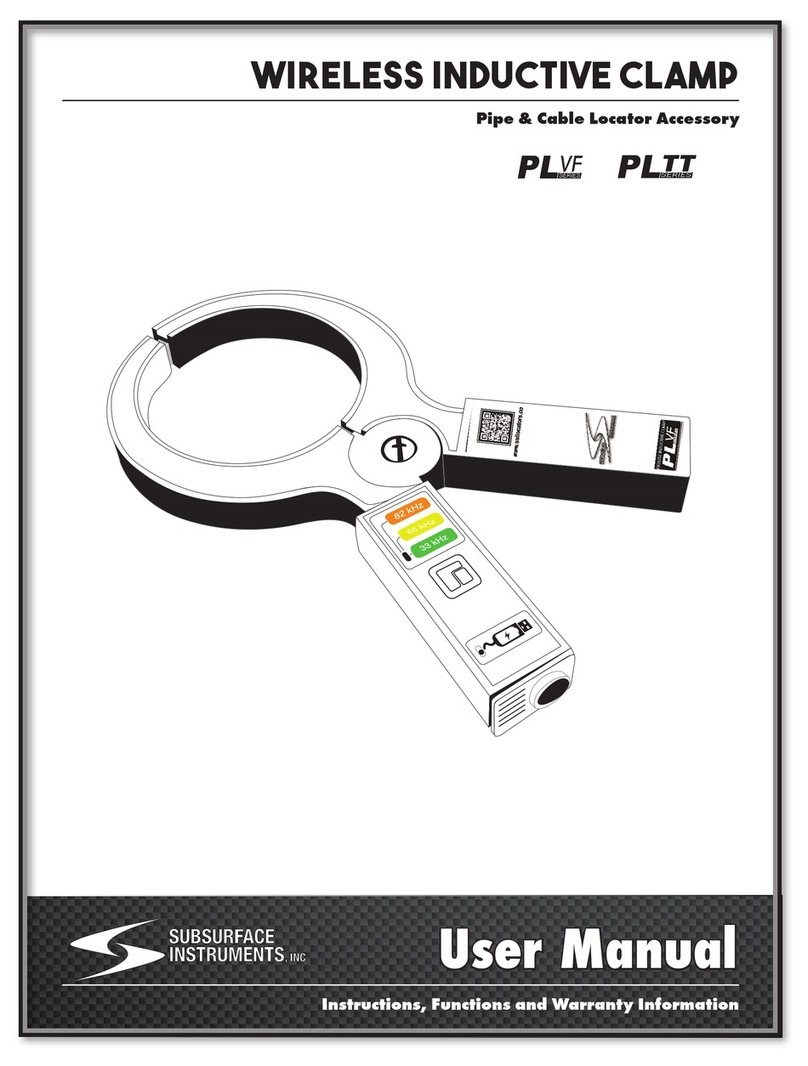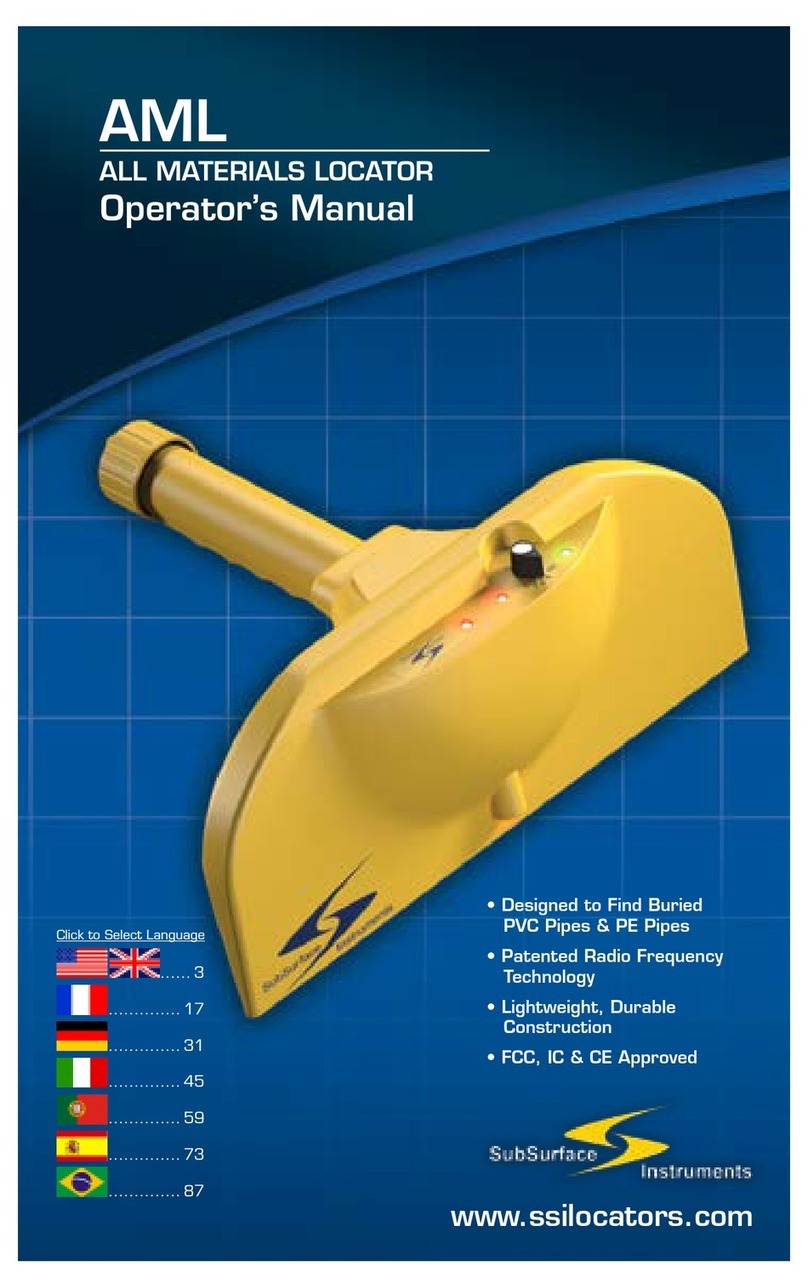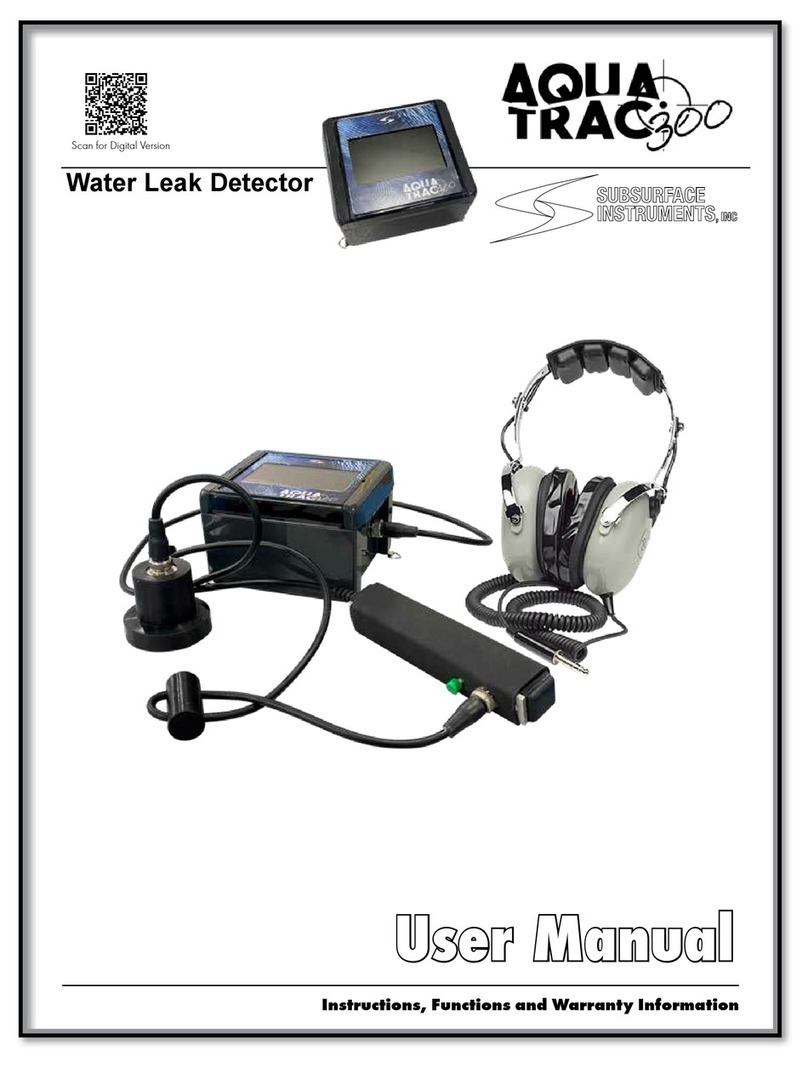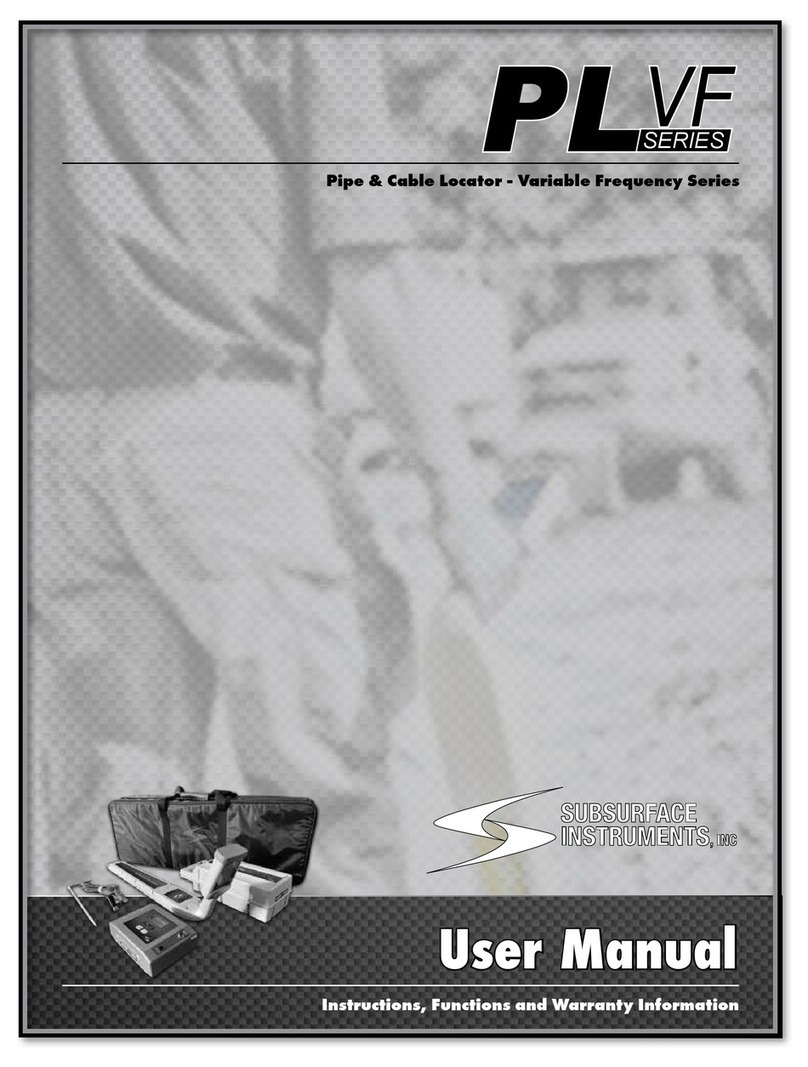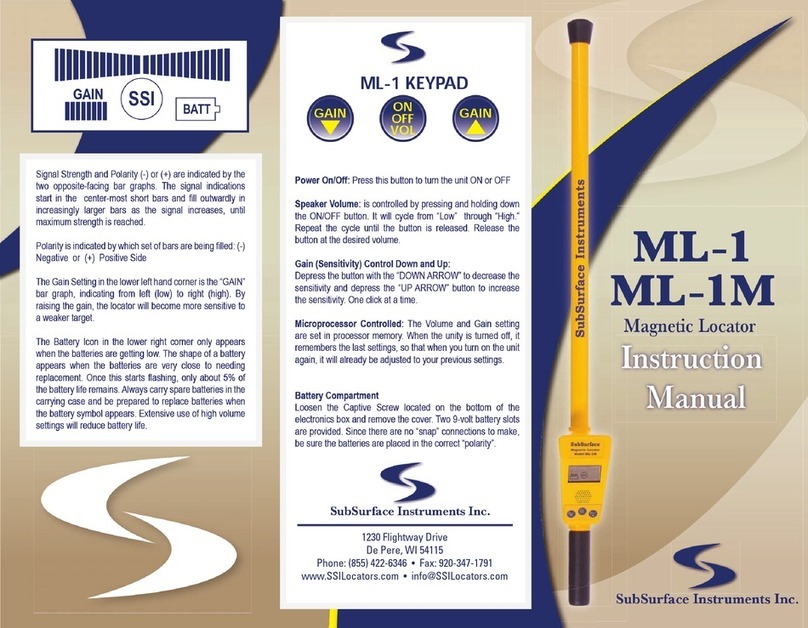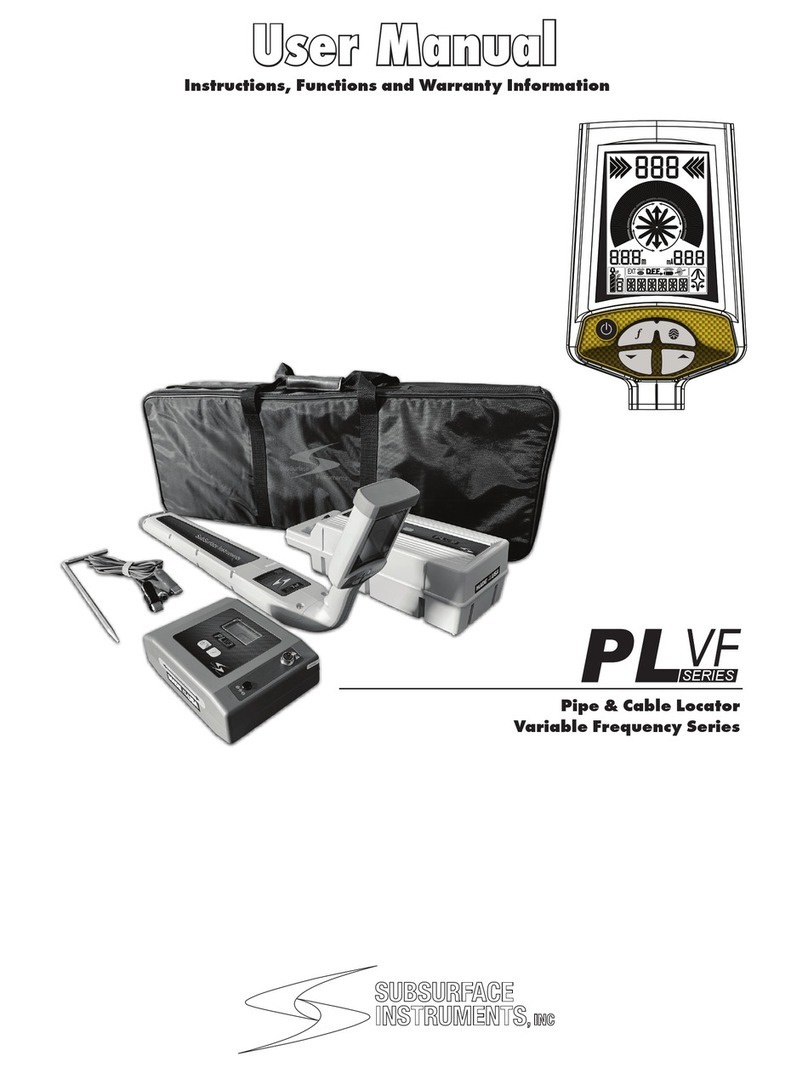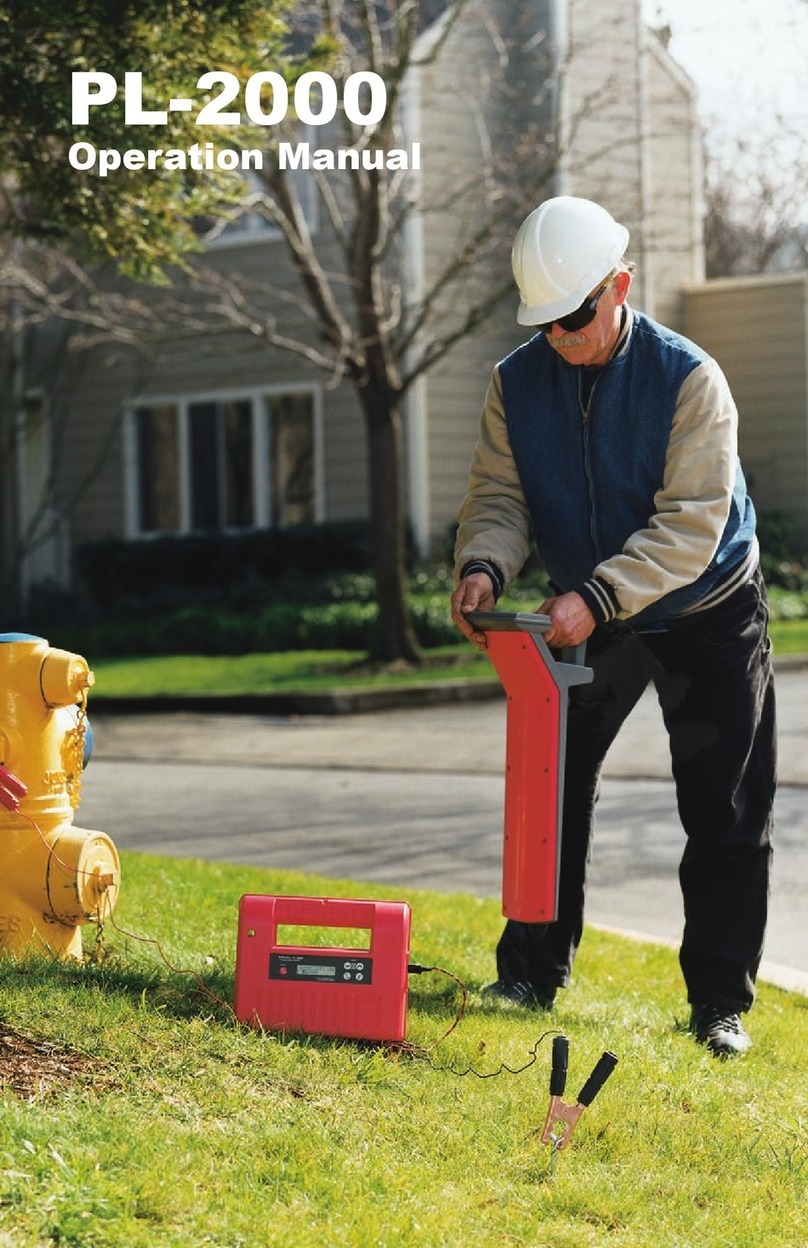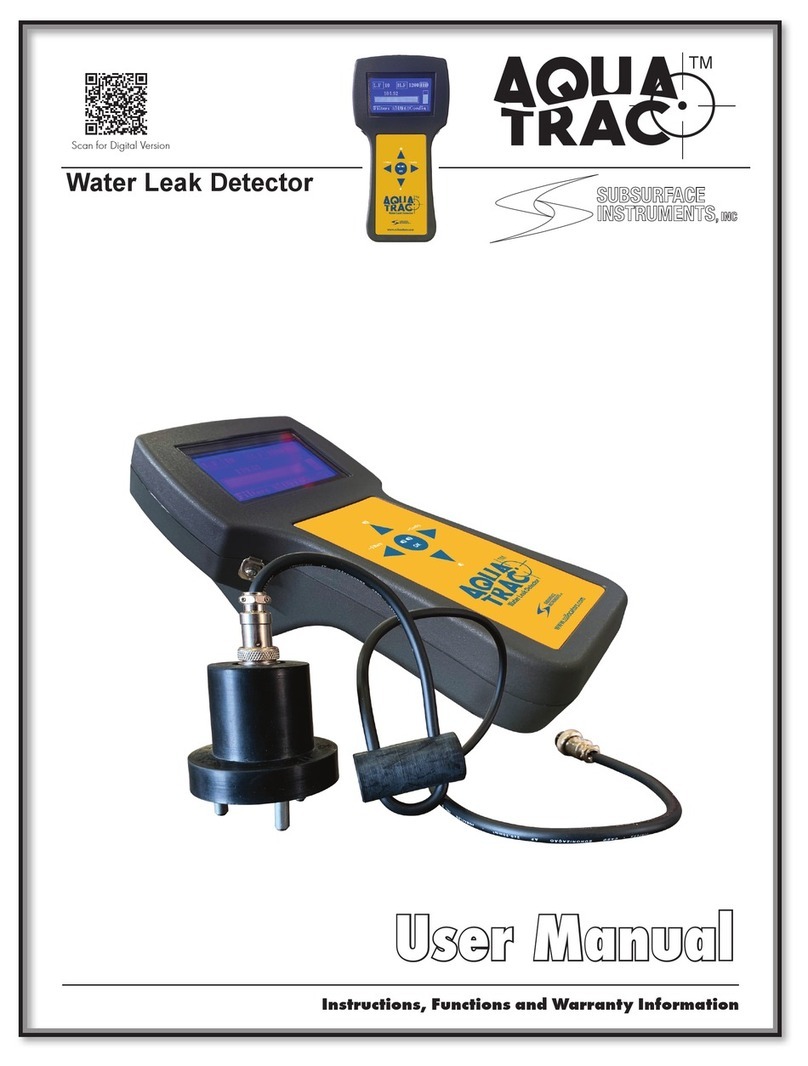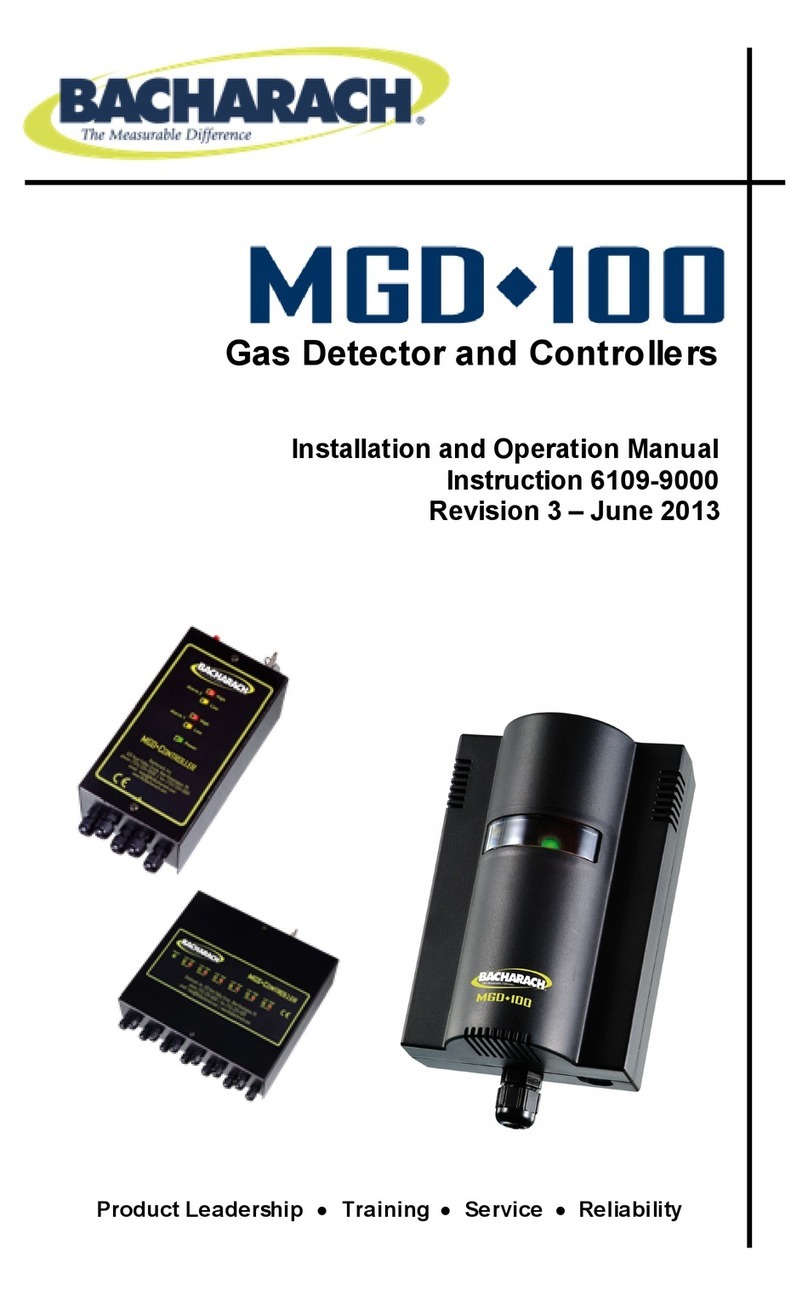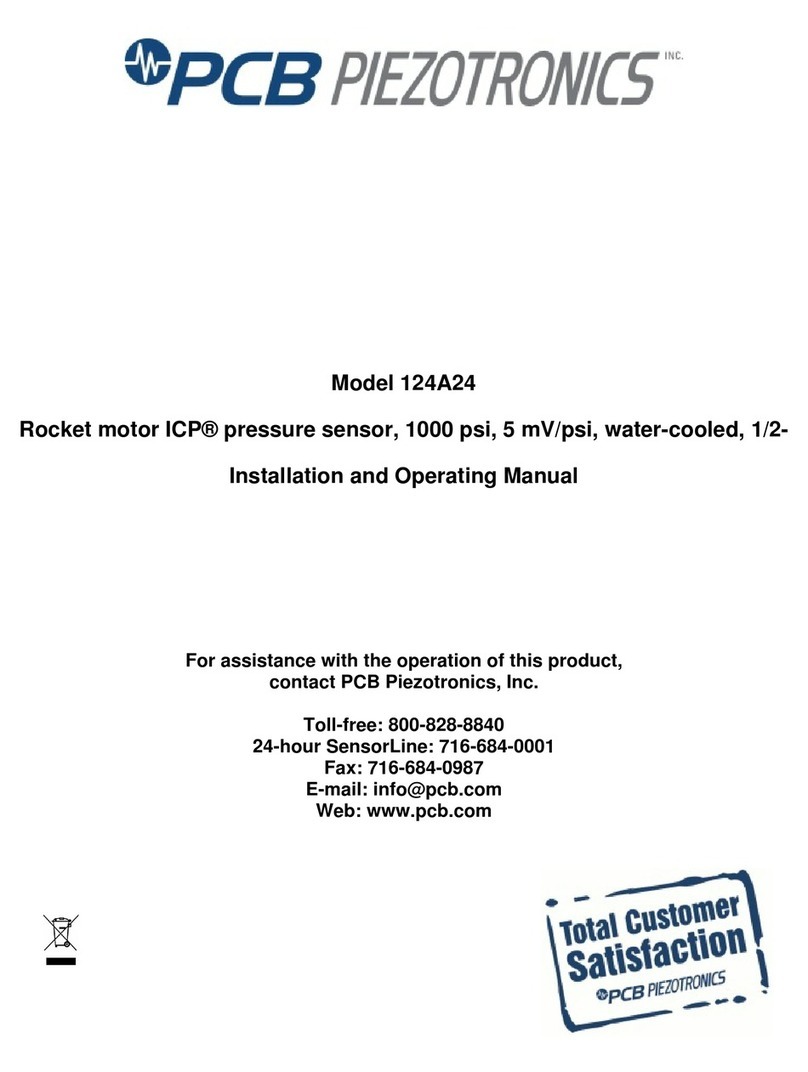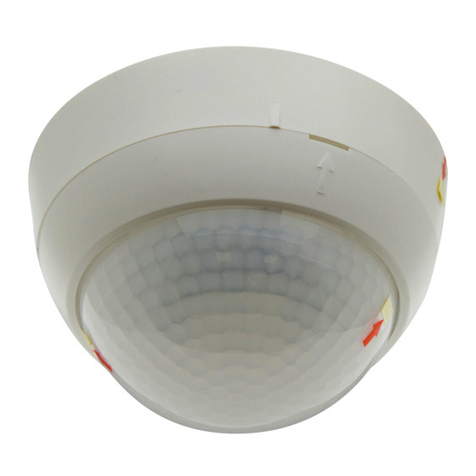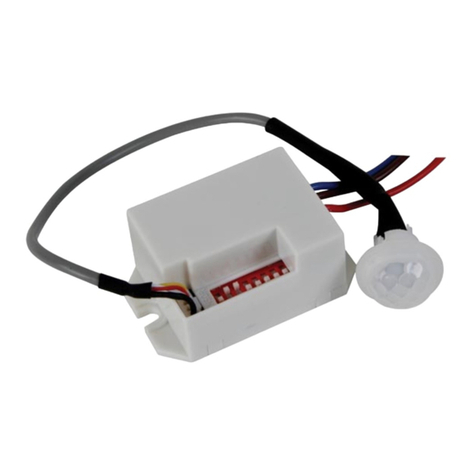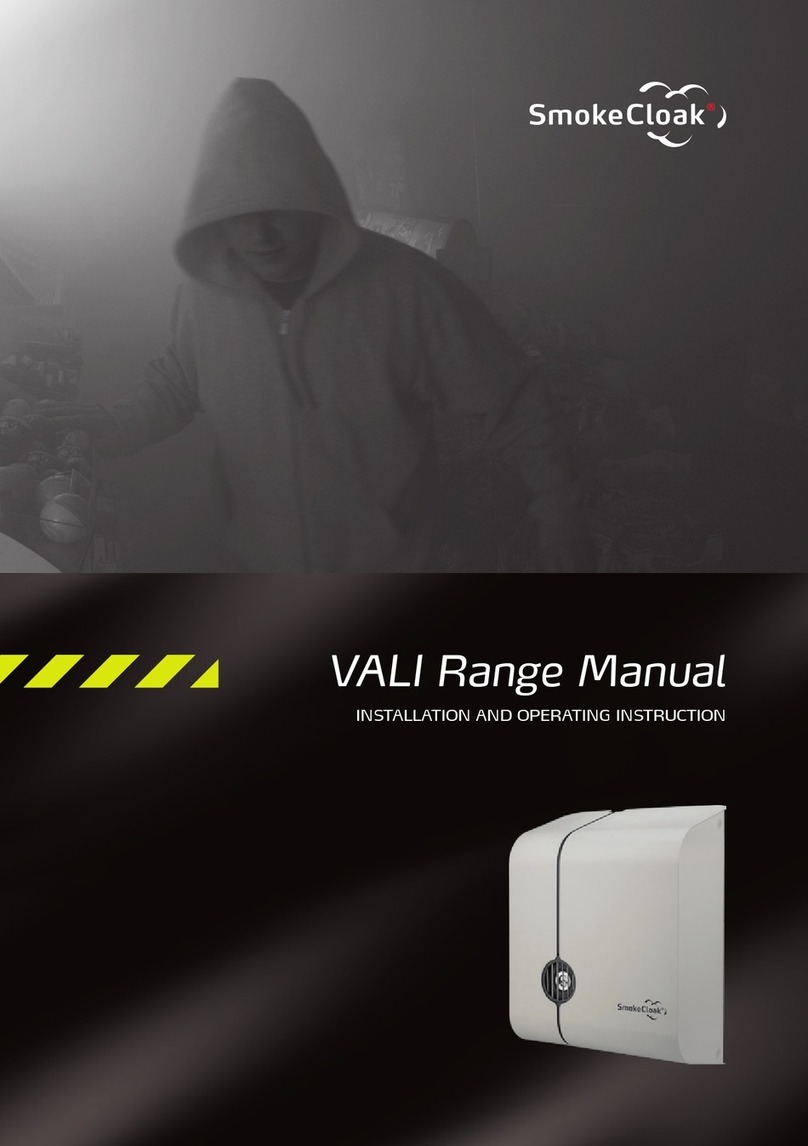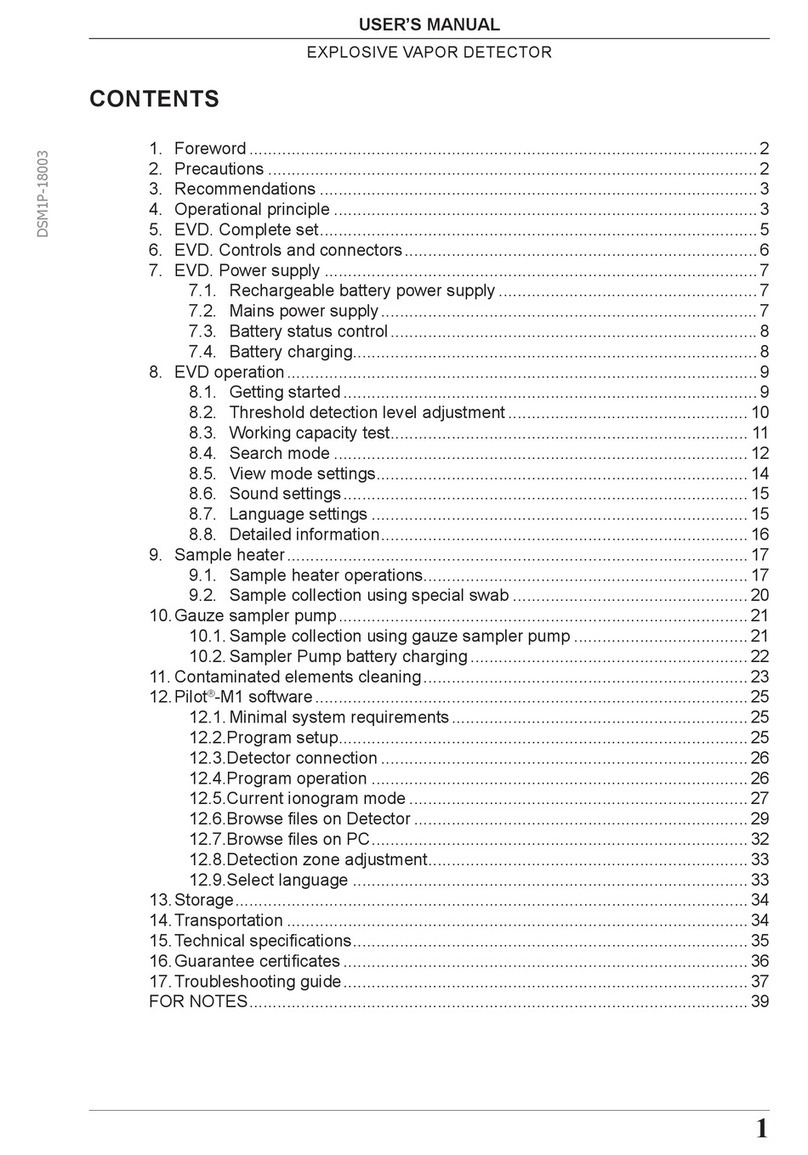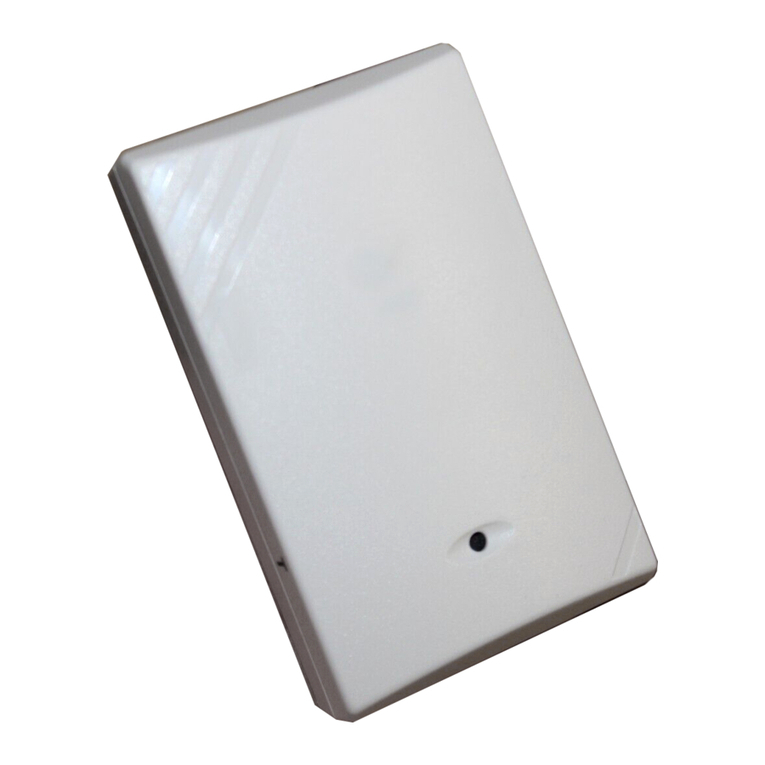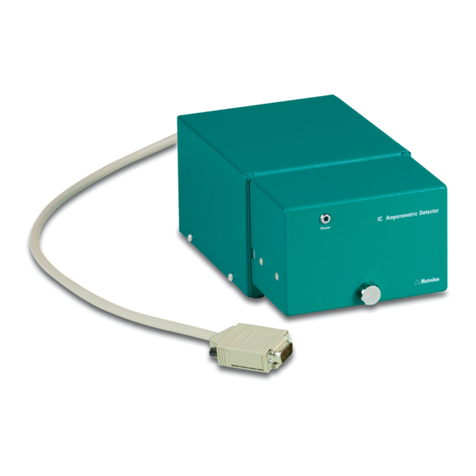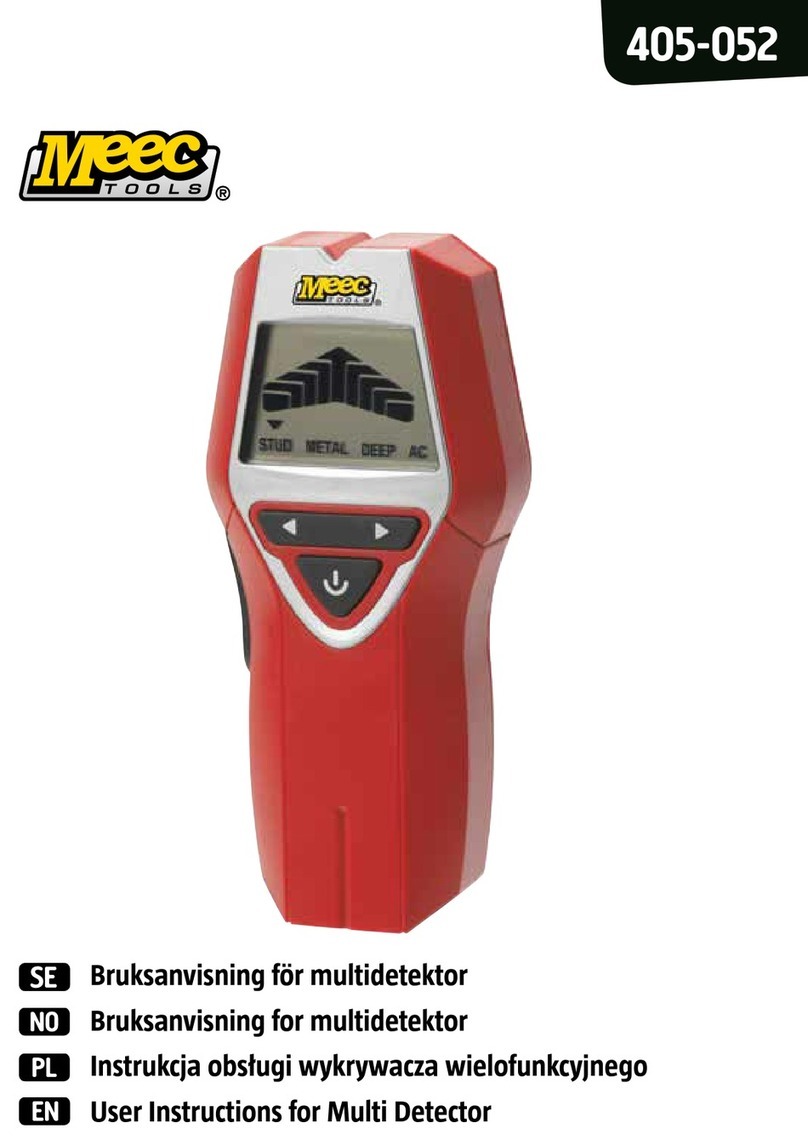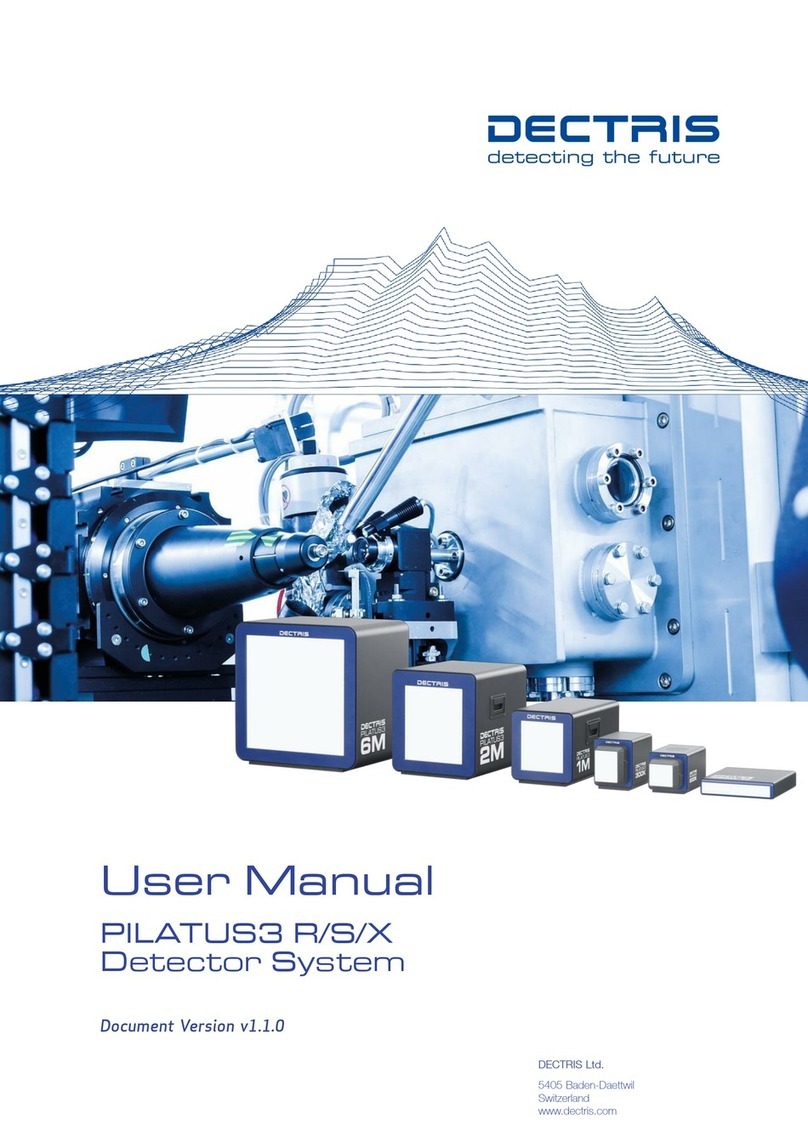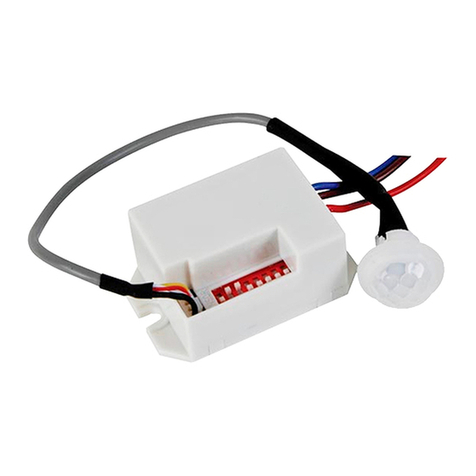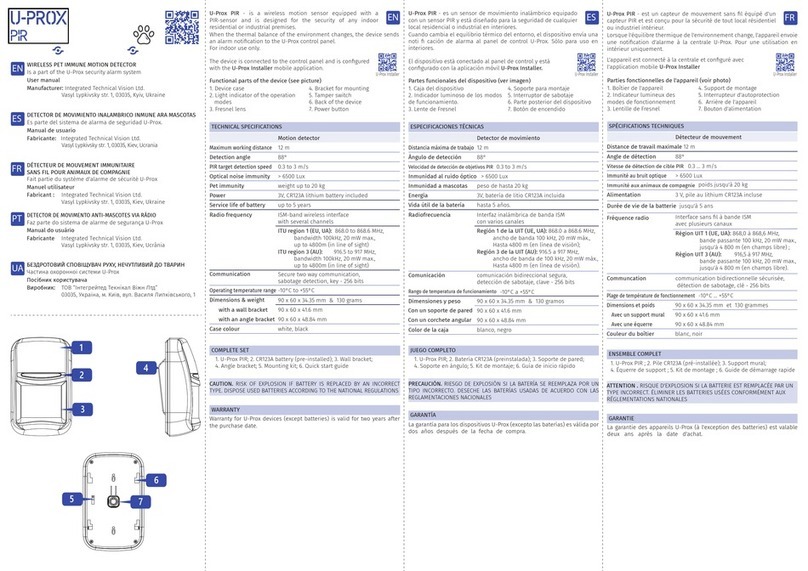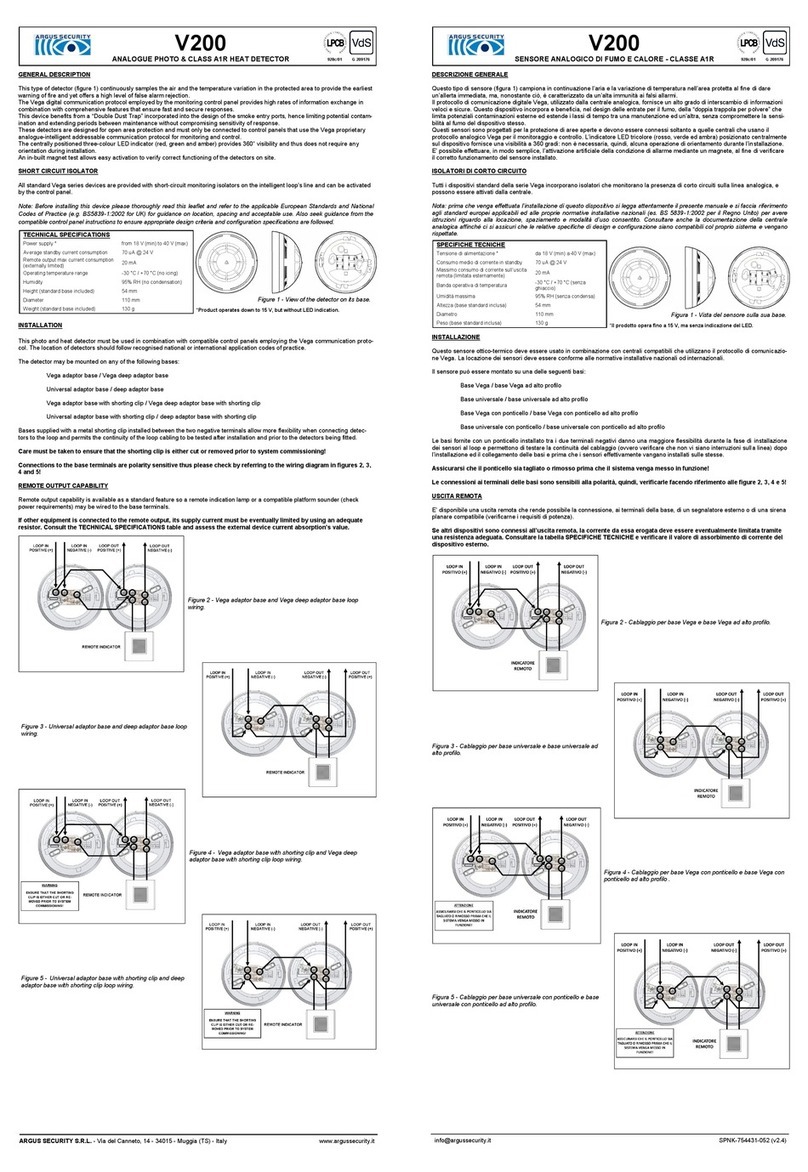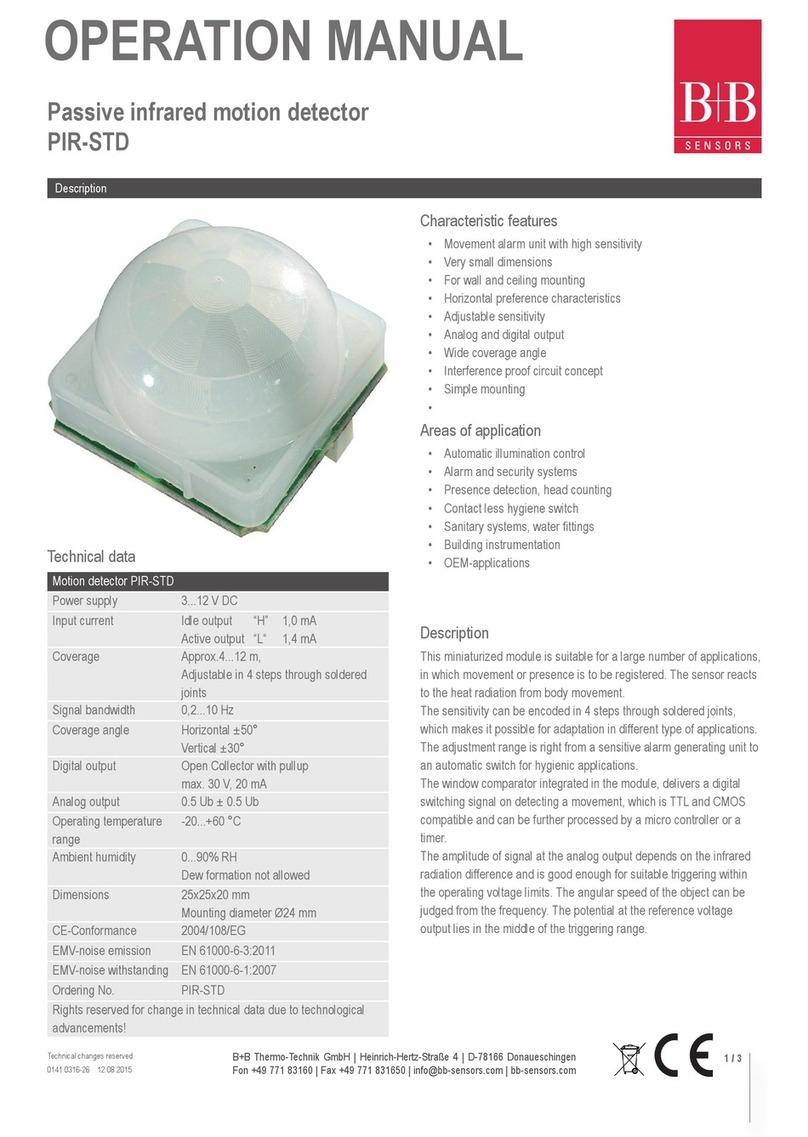Technology Overview
This is not “GPR” (Ground Penetrating Radar), although multiple signals are sent/received and processed. The technology is
proprietary, and patents are pending. “AML” is also Trademarked. So we are not going to talk about the technology, itself. This
is a single handheld unit that weights about 2.5 pounds, and is simple and easy to use… it just takes patience and common
sense. The locator cannot “tell you” what the target is; that’s up to you. It simply tells you a target has been located.
The great thing is this locator finds just about everything. That means it finds about everything you can find with current
technology magnetic, metal detector, radio frequency, and GPR locators; AND about everything else that they CAN’T find. You
just have to know, or figure out, what you are “on”. You can test the unit with the same type target you will be searching for
underground if you find the target in an open or partially filled trench, but completely buried is best. With the knowledge and
understanding that one must go slowly and use common sense; one should understand that this is a great tool. The locator
loves “edges” of objects.. That means that you can transition from known pipe locations of metallic pipe/cable, or have properly
installed tracer wire; right onto those sections that turn into non-metallic pipe, or the tracer wire is not installed properly, or has
corroded over time. Let’s explore further:
If you use the “AML” to find those things that you know are “…somewhere over here. …run through somewhere along there… I
know it’s down here somewhere, but I just can’t find it with my other locators.” You can see how valuable it is. You may not
have been able to find these items at all before now, unless you hit one. What a difference that makes! And, that’s just pipes &
cables… what about all the other markets… use your imagination… the possibilities are nearly endless. However, the
responsibility of locating/detecting, safety, and confirming the target, as always, still lies with the Operator. Like any “tool” the
more you use it, the better you get. As you can imagine, however, a trench with lots items in it close together will be near
impossible to pick out (follow) one single target.
There have been many cases during testing and demos, where we found the target in a matter of seconds. There is NO setup,
NO plugging in cables, NO installing ground stakes, NO trying to run a “snake”, “fiche”, or “sonde” up a non-metallic pipe to then
hook onto, and still not work part of the time. NO “squiggly” lines to try to interpret. NO need to be an engineer to operate it.
Pull it out, turn it on, and start detecting. One word of caution: There is no way to make this unit impervious to physical abuse;
you must protect the unit against physical shock. Working in rain may be a problem; if it’s uncomfortable for you, it will be so for
the unit. Like a horse, “don’t put it away wet”; let it dry off before putting it back in the case. But, DO NOT THROW this unit
anywhere; not even in the case. It is a scientific instrument, treat it as such… take care of it, and it will take care of you. 9
















